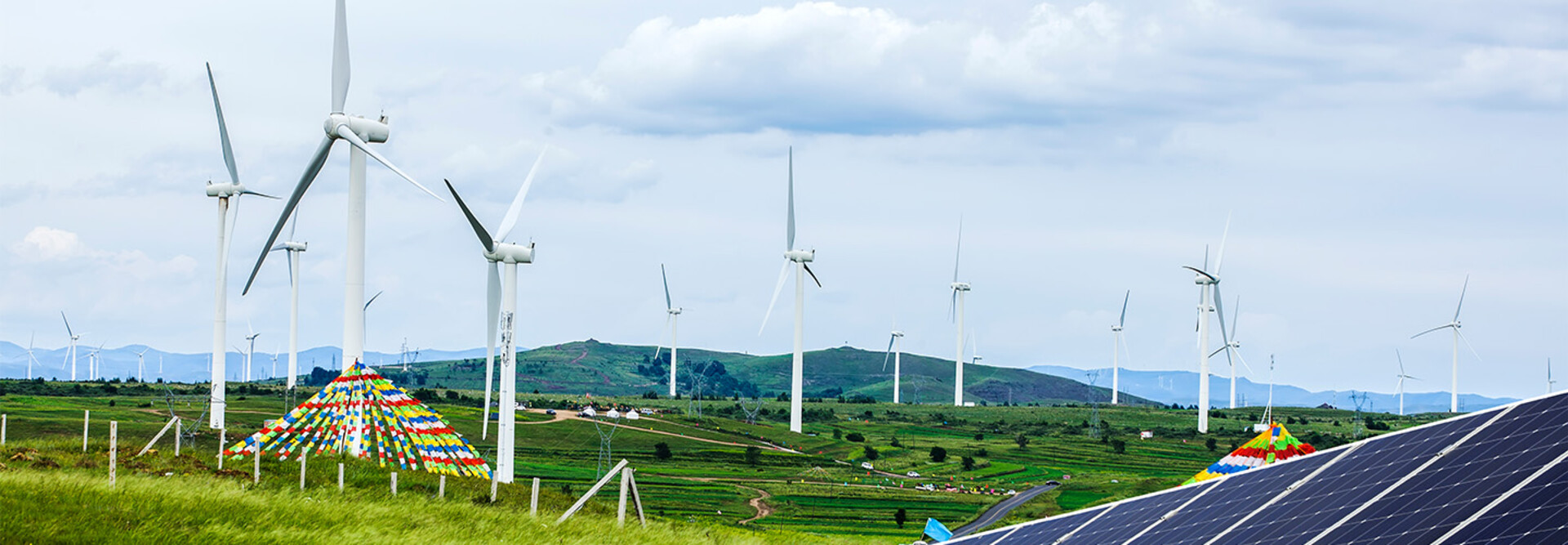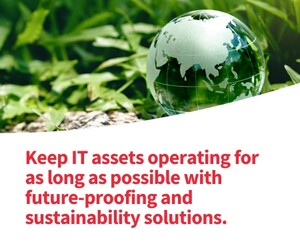1. Real-Time Monitoring by IoT Devices Increases Renewable Energy
The path to sustainability starts with visibility. But IT decision-makers cannot use what they can’t see. Luckily, IoT devices create that transparency through real-time monitoring of power usage. This granular insight helps teams make more renewable choices.
“Sensors embedded throughout the network, including smart meters, automated control systems, and advanced monitoring tools, can provide real-time data on energy flow, equipment health, and grid stability. … These technologies can be pivotal in making the grid more adaptive and responsive to changing energy patterns, especially with the influx of renewable energy,” according to Deloitte Research.
By monitoring patterns, these connected devices can maximize renewable energy. For example, IoT sensors connected to solar farms can monitor sunlight intensity and output, so teams know how much energy is available for distribution. This data helps E&U companies forecast production and adjust power flows so that renewable energy is prioritized.
With IoT-enabled systems, energy managers can even monitor the carbon intensity of energy production in real time. During periods of high renewable generation, for instance, the system can automatically reduce the use of power generated by fossil fuels.
RELATED: Create better outcomes in energy with IoT devices.
2. IoT-Powered Predictive Analytics Increase Operational Efficiency
IoT-powered predictive analytics also help E&U companies streamline their operations. Connected devices placed throughout the grid automatically identify inefficiencies such as malfunctioning equipment, energy loss or lagging usage. Armed with this real-time data, IT leaders can manage energy distribution more precisely.
With IoT devices, teams can also schedule routine maintenance and forecast potential failures to avoid unexpected downtimes and breakdowns.
Click the banner below to protect SCADA networks in an evolving threat landscape.













